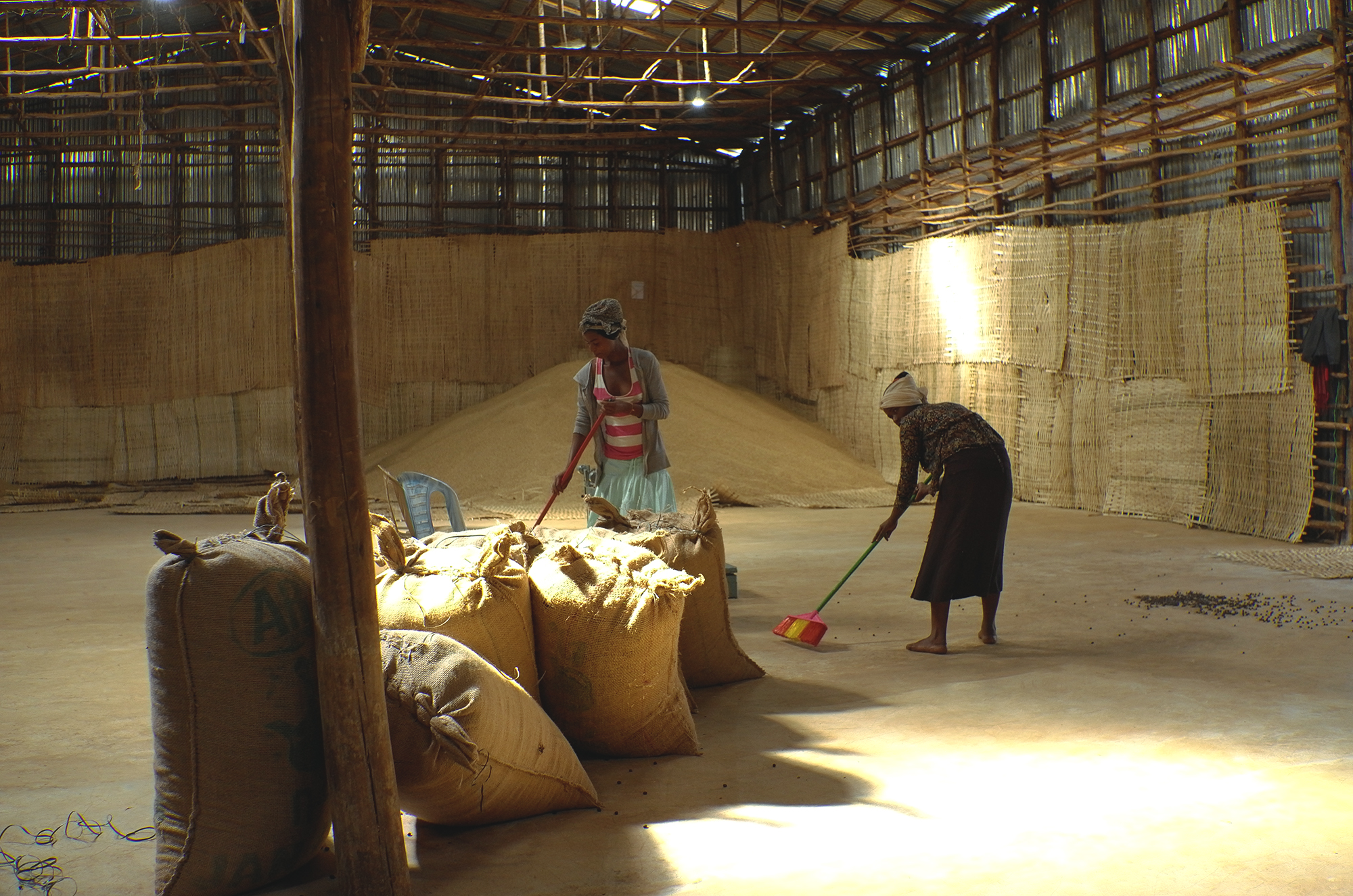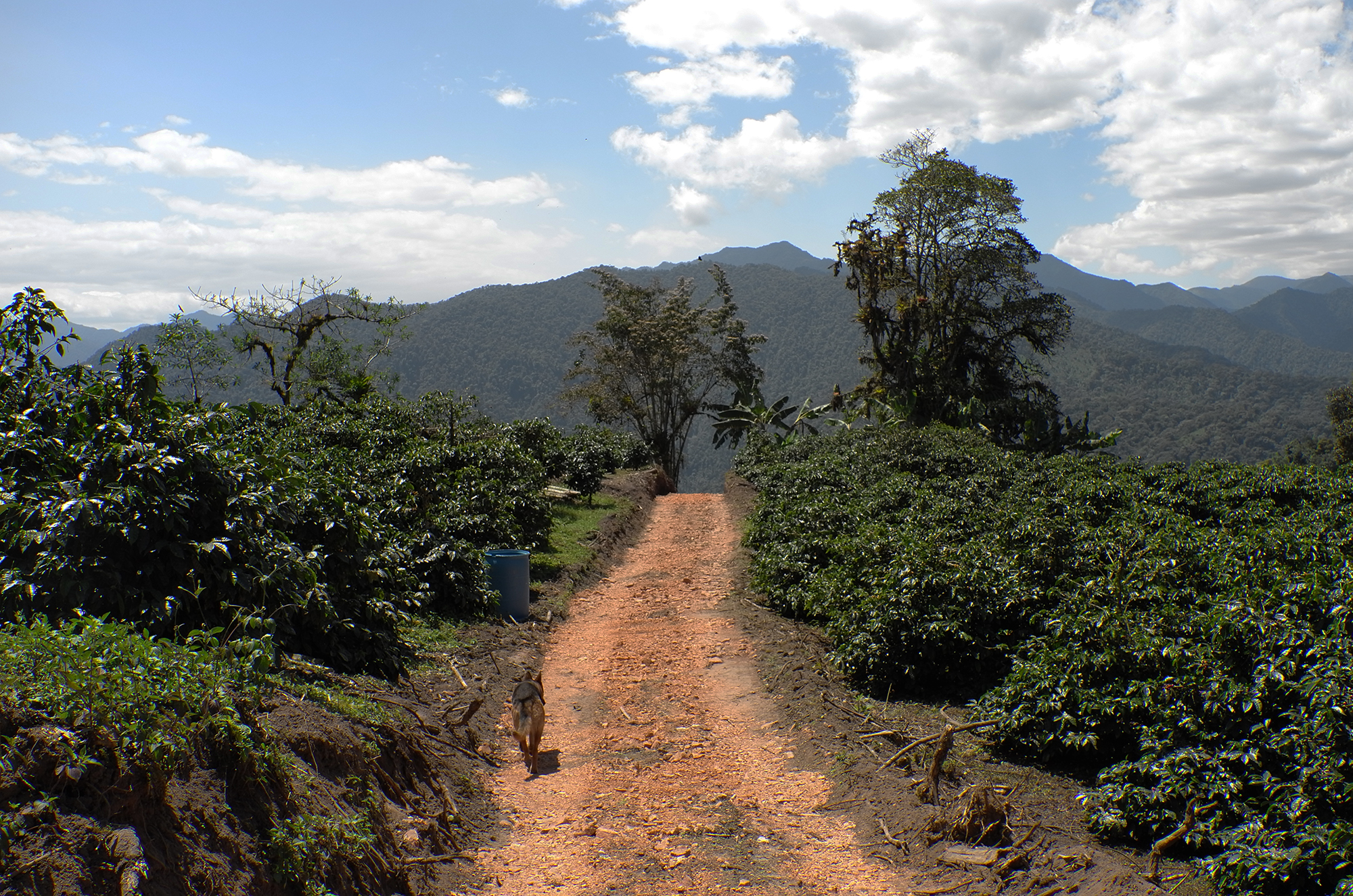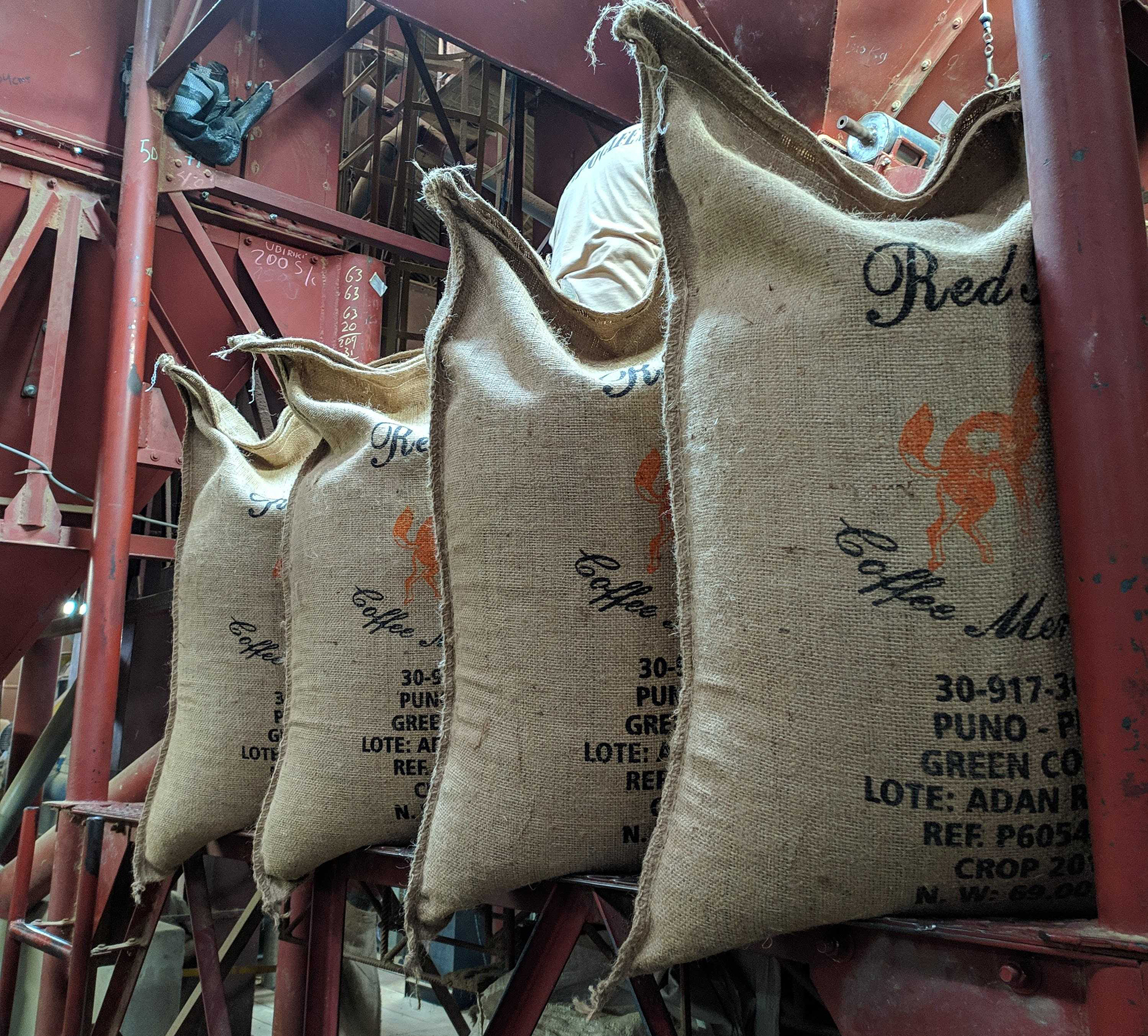FOB price has become a popular metric for assessing whether a producer was paid fairly for their coffee, but what does the FOB (or free on board) price really tell you? We’ve unpacked this before, but we want to go deeper—we feel this conversation is getting ever more urgent as more and more often, we’re seeing FOB used as a shorthand for coffee price analysis in the specialty industry. While people seem to understand that a coffee’s FOB prices is not a perfect indicator of prices paid to producers, they still seem to see it as a good general ballpark indicator. The problem is, that simply isn’t true. Higher FOB prices not only don’t equal higher farmgate prices, they don’t even imply them—the only thing they indicate is the price paid to exporters, with the price paid to the farmer hidden inside.
What Does FOB Really Measure?
FOB means free on board, the price of a coffee at export. This means it includes the price paid to the farmer (including local transport and milling costs) as well the amount the exporter is charging buyers who take control of the coffee as it’s loaded onto the vessel at the point of origin.
In the case of companies who both export and import, this number is based on their exporting costs and desired profit margins—they set the FOB price. From there, they can sell the coffee at that FOB price and transfer it directly to a customer, or they can land it in a warehouse and sell it ex-warehouse (the price of the coffee as it leaves the warehouse, which includes farmgate, FOB, the cost of importing, warehousing, and desired margin), covering their costs and making their desired profit.
Essentially, if buyers wanted to see higher FOB numbers, anyone who exports could theoretically raise those costs for the buyer, without having to raise prices paid to farmers to do so. For example, if we as an industry decided that we wanted to set a five-dollar floor price for FOB to ensure fairness to farmers, private exporters and companies who both import and export would theoretically be able to pocket the entire difference, since FOB only measures the price they set for their buyers. That’s not to imply that anyone would, or that any party is unscrupulous simply because their business model includes exporting. It’s only to note the intrinsic limitations of FOB as a corollary for farmgate price.
In our case, we hold exporting licenses in select locations but use them sparingly, the reason being that many producer organizations we partner with need the money they make exporting. We would never want to step on their toes and cut into their income as a means to pad our margins. In other regions, we use a third-party private exporter who has no role in the sourcing process.
In either case, we don’t get to independently set the exporting price, and we don’t make money off that part of the supply chain. The coffee arrives, we land and store it in third-party warehouses, then we sell it ex-warehouse, the price of the coffee leaving the warehouse. Our margin has to be made in the ex-warehouse price, not the FOB price. In other words, our ex-warehouse price has to cover all the costs we incurred sourcing the coffee, buying it from the producer, coop, or association, paying them or a third party to export it, importing it, storing it, and selling it. So where other business models can make more money directly from a higher FOB with no margin going back to the farmer, FOB is just another cost we face along the supply chain.
Key to note here is that there’s no one right way to run a business—making your margin and recouping your costs via FOB (in the producing country) over ex-warehouse (in the consuming country) is no worse, no better. It’s not inherently more ethical to run your business from a producing country or from a consuming country (although, in the regions where we have sourcing offices outside the US, we do feel we have the most positive impact by partnering with producer organizations who export rather than doing it ourselves). These differences in business model matter mostly when people use FOB prices as a shorthand for farmgate prices and fairness.
FOB is inclusive of an exporter’s profit: that’s not a bad thing, it’s simply a thing that needs to be understood.
Why Rely on FOB?
It’s not hard to see why FOB is such an appealing metric for summarizing the fairness of a supply chain: it’s clear cut, recorded on a bill of lading (making it a number that can be verified), and it’s the metric the C market uses, so in that way, it makes sense as a benchmark. We wish it were as useful as it is convenient, since that would make everyone’s lives a lot easier. But for the reasons detailed above, it’s unfortunately not a corollary for farmgate. It’s crucial that the industry ask hard questions about pricing and pursue fairness at all costs, but to do that, we have to continue to push for real traceability. FOB just doesn’t have the ability to act as a proxy for that.
What Should We Use Instead?
Instead of relying on FOB to simplify the complex subject of fair pricing, we should ask if the supply chains we’re participating in are traceable to the farm level. Do you have good reason to believe that the farmgate price was fair—and, if you were curious, could you find out the specifics?
Ultimately, coffee pricing is complex, and even farmgate prices have to be informed by several layers of context including cost of living, cost of production, and geographic challenges. The best way to buy a coffee and be sure that it was sourced at a fiscally sustainable price is to develop trust with your sourcing partners and a solid understanding of how their various supply chains operate. Important things to make sure of are that your sourcing partner’s prices don’t connect to the C market (even C market plus premiums), that they meet the cost of production, and that they pay sustainable base rates, not just high quality premiums.
Is Your Supply Chain Traceable to the Farm Level?
It’s not easy to find the right questions to ask in the push to ensure you’re paying fair prices. However, we think the most important question is this: is your supply chain traceable to the farm level? Whether or not you need specific pricing info to the producer or organization level for each coffee on your menu, could you get it if you wanted? Do you trust your sourcing partners to pay fair prices no matter how much the C market price fluctuates, or do you fear they’ll take advantage of its nadirs? Do you trust them to pay fair prices for all the coffee they buy, or do you fear they’ll only pay sustainable prices for the best of the best? Have you had these conversations with your sourcing partners? While it’s natural to want a shorthand to assess whether you’re buying fairly, FOB unfortunately can’t give you the essential information you need.
| Interested in sourcing coffee with us? Reach out at info@redfoxcoffeemerchants.com. To learn more about our work, check out our journal and follow us on Instagram @redfoxcoffeemerchants, Twitter @redfoxcoffee, Spotify, and YouTube. |



